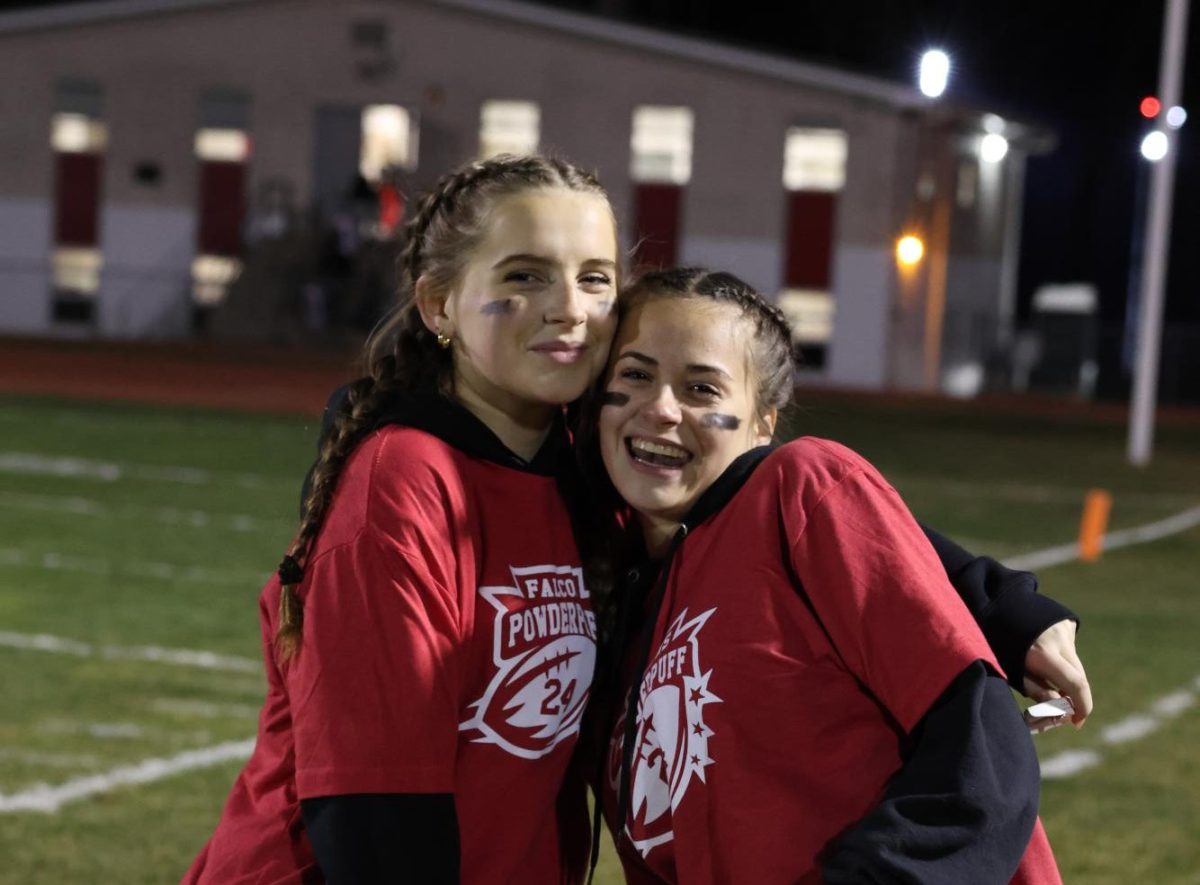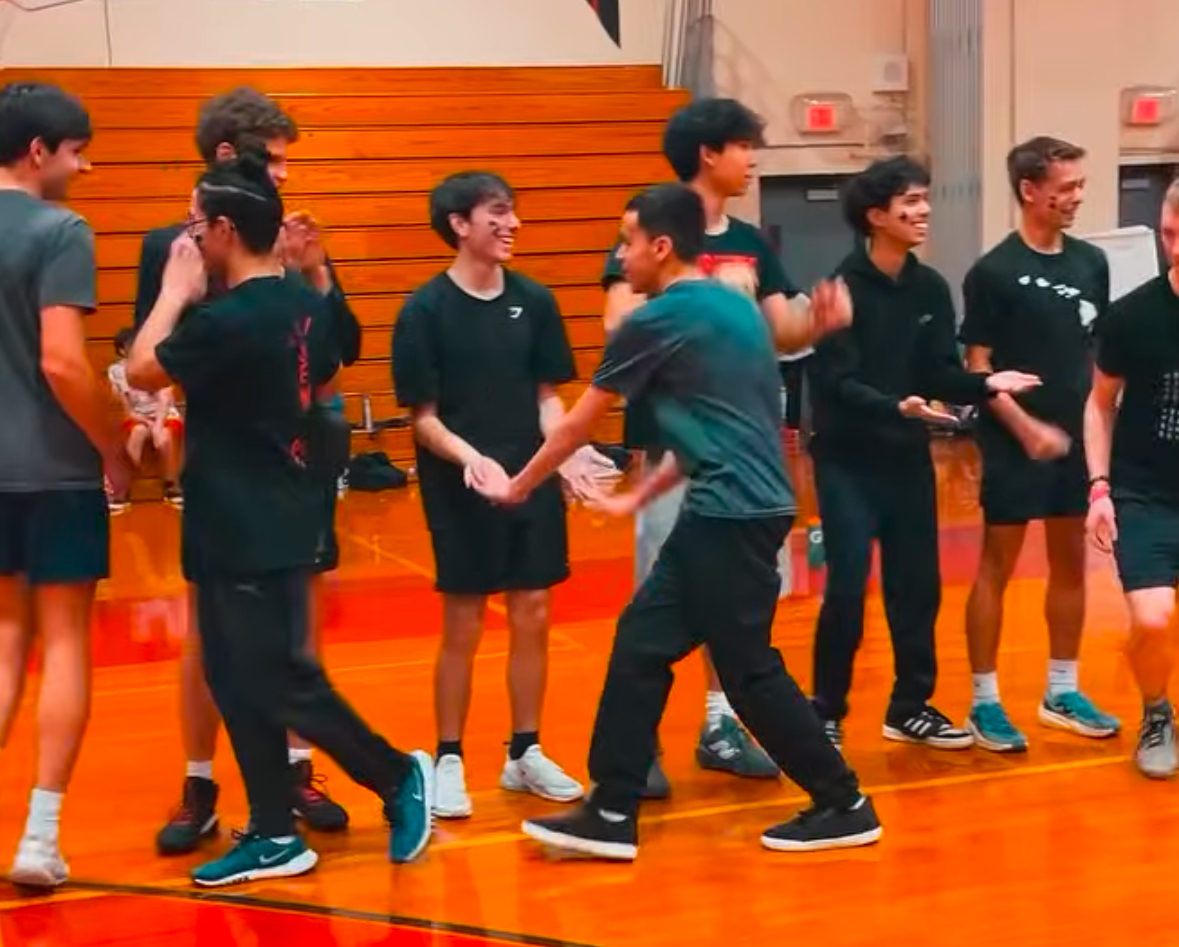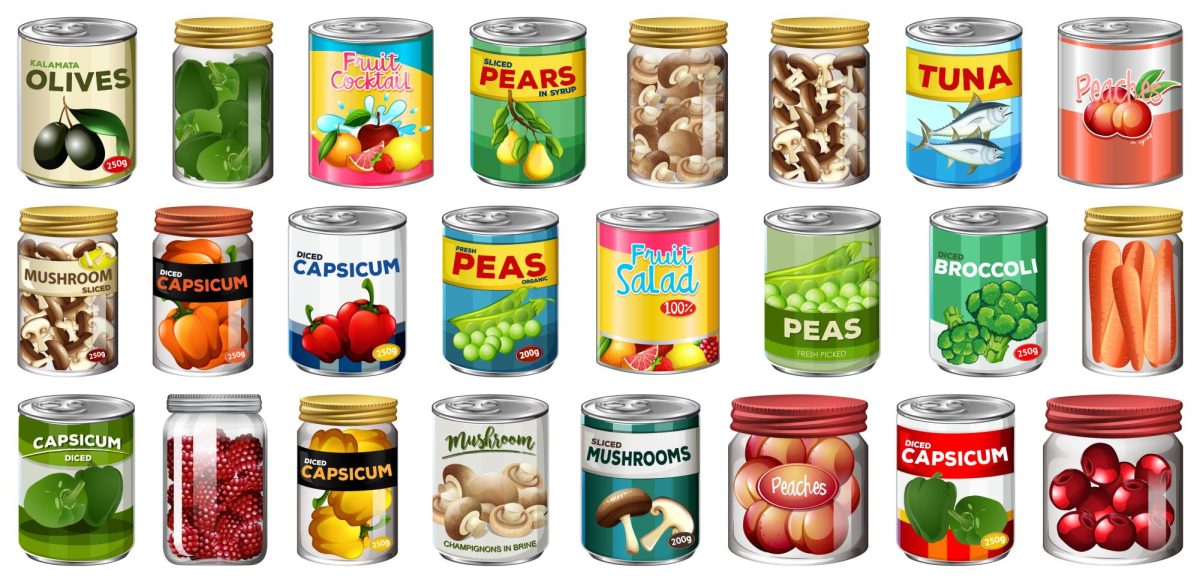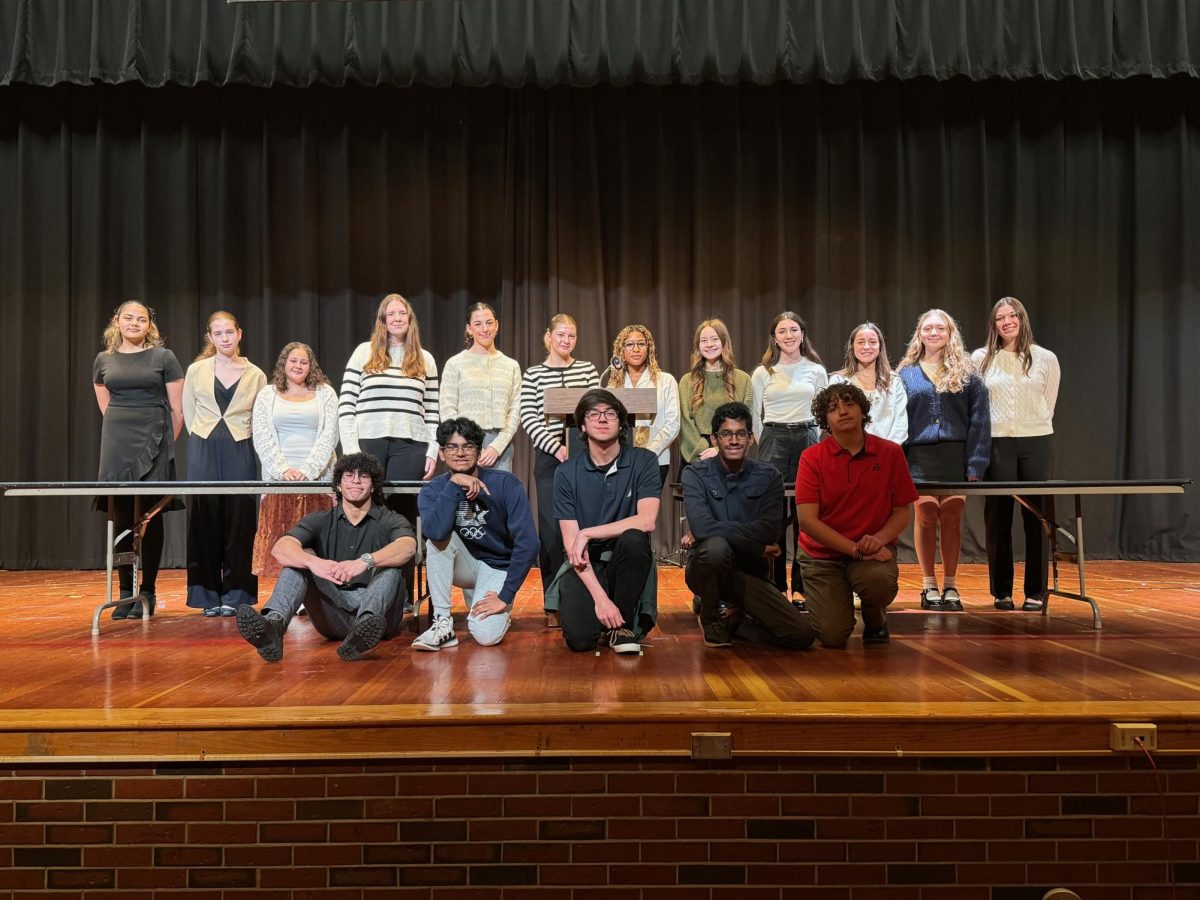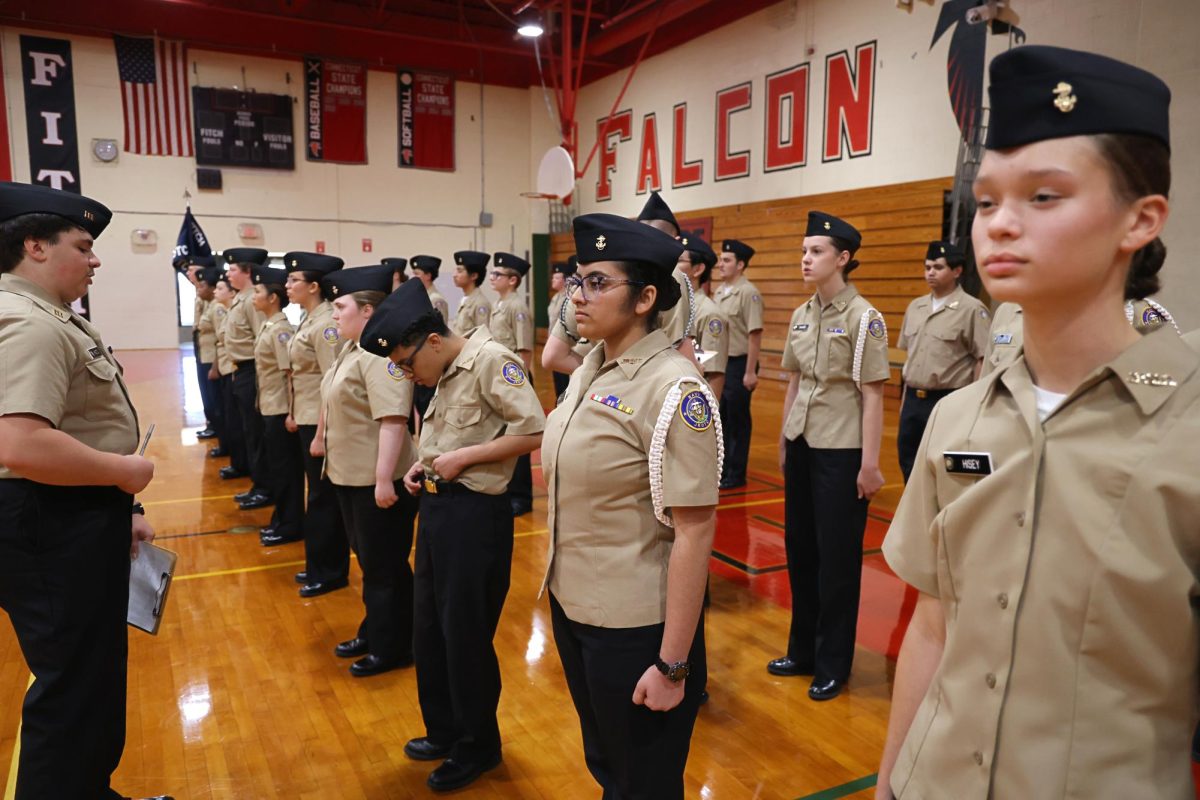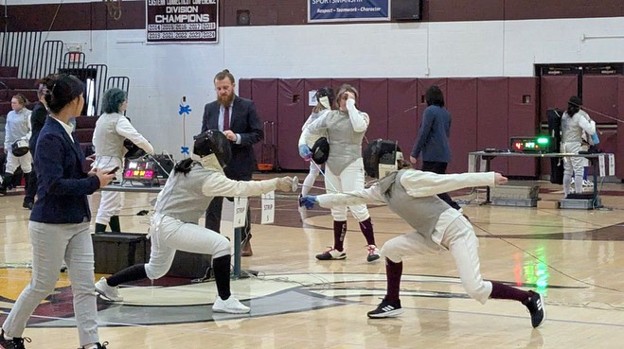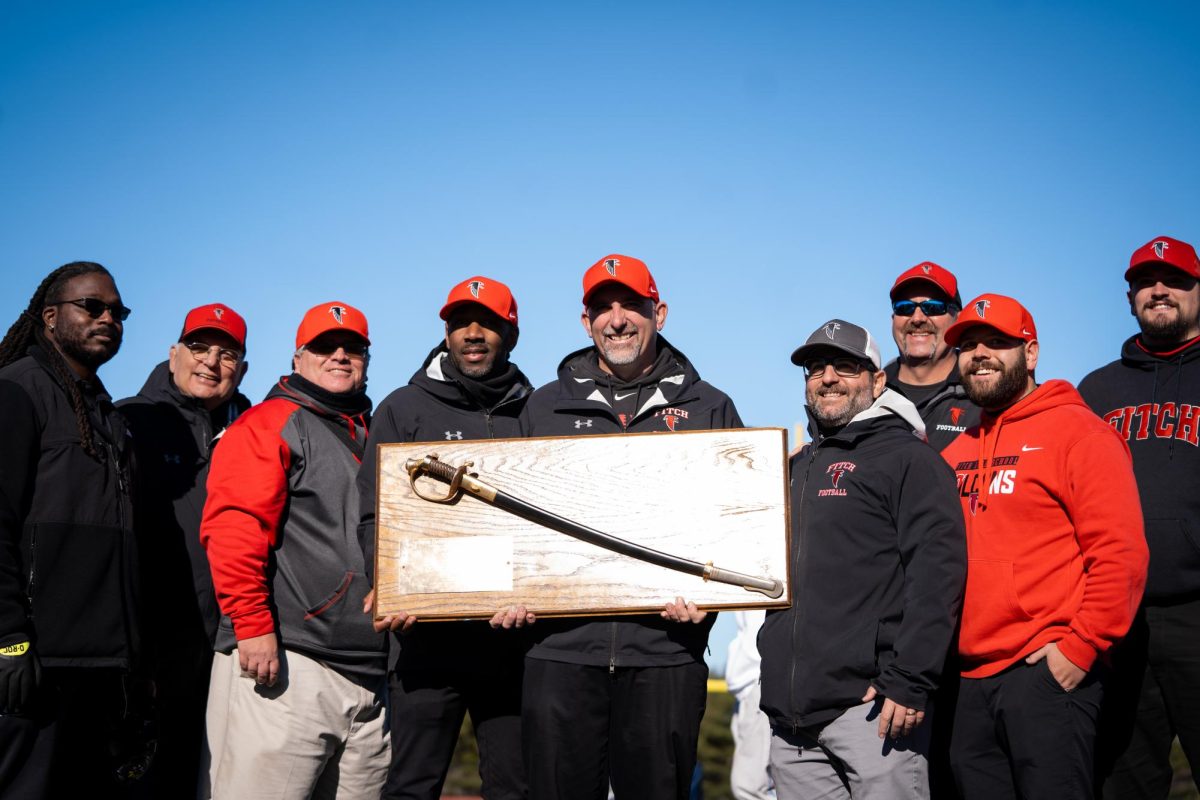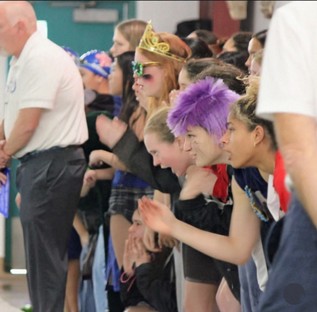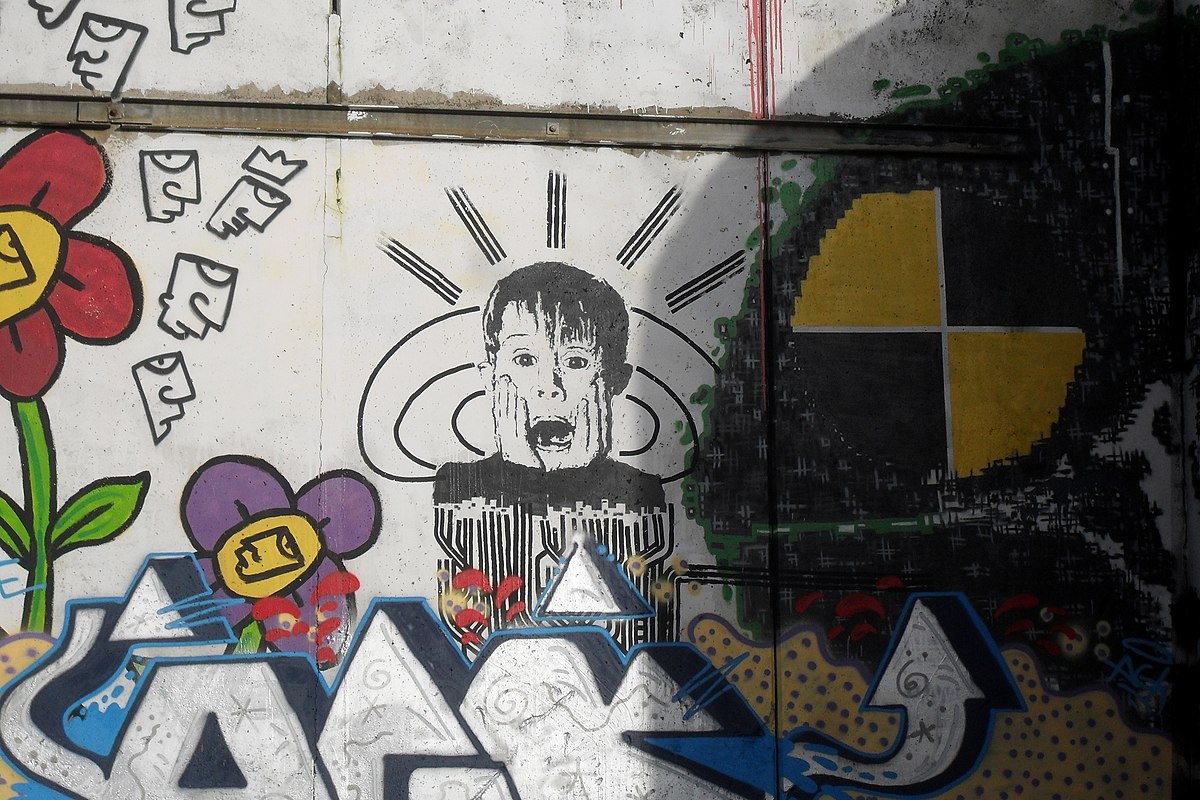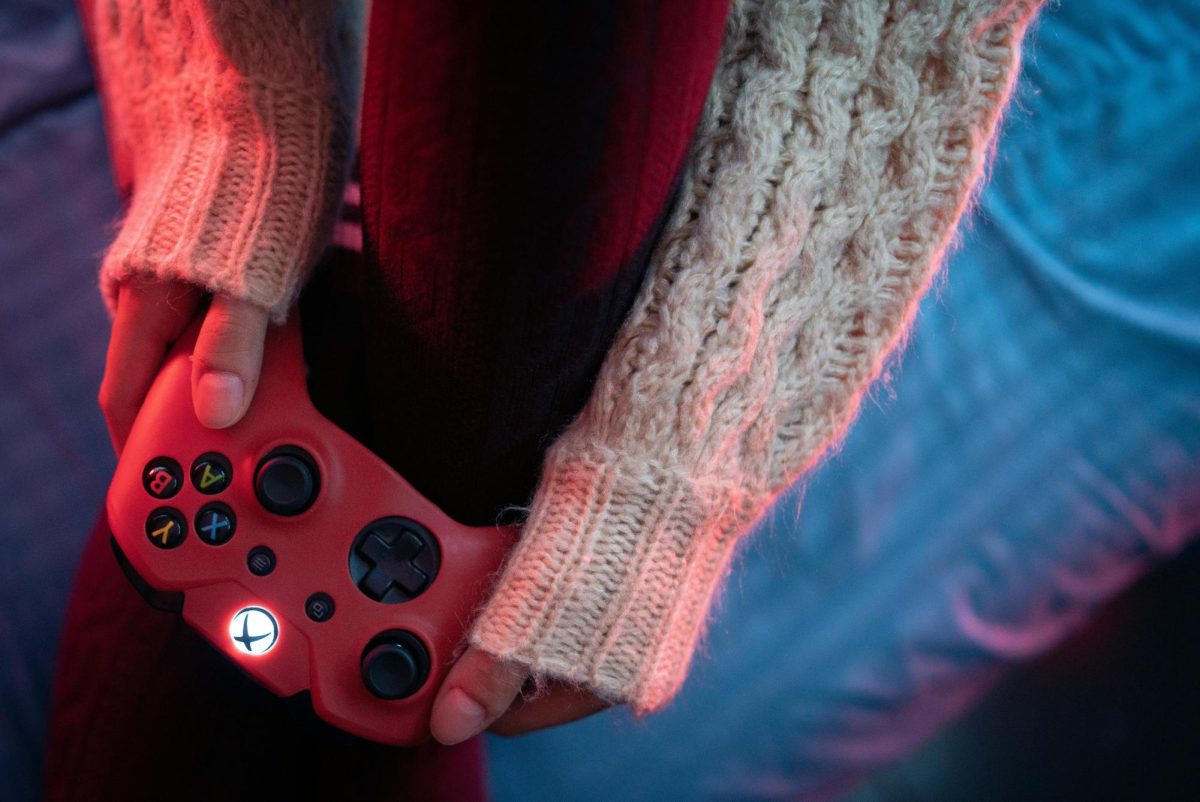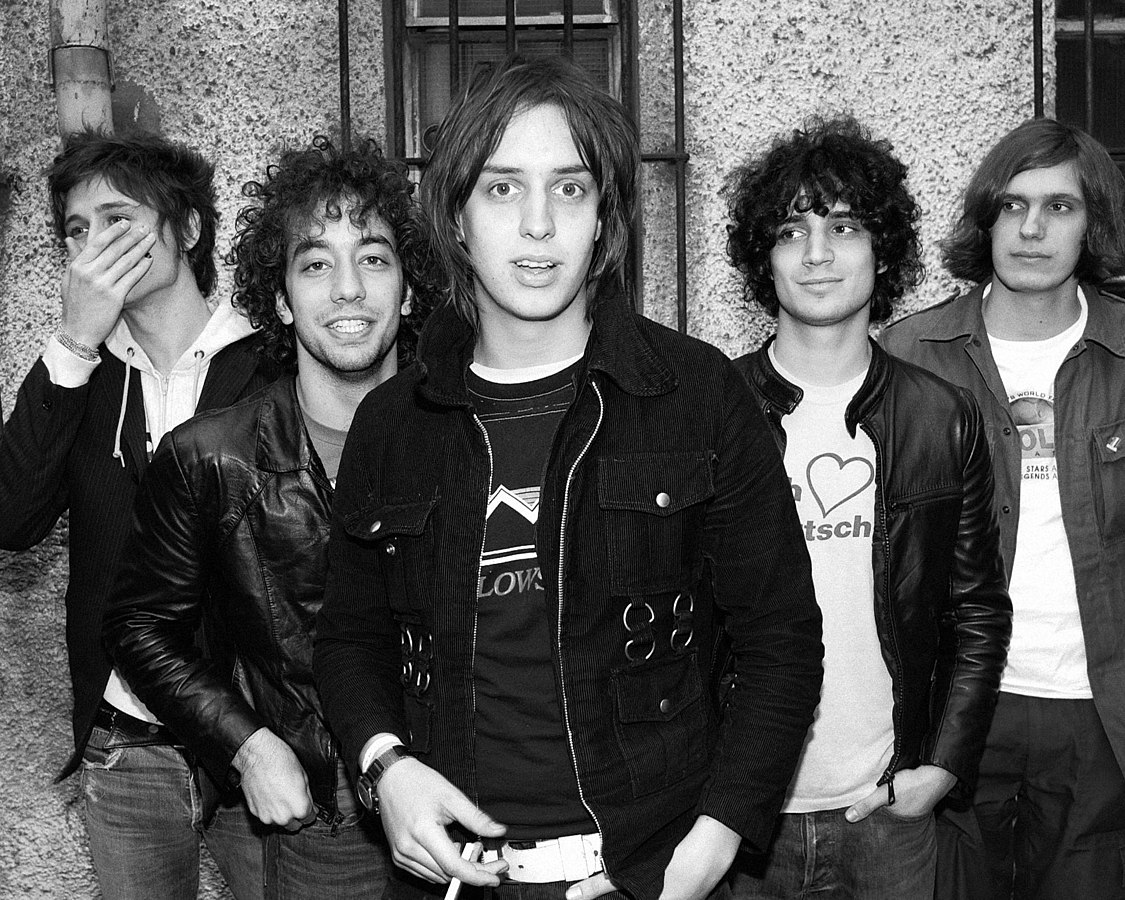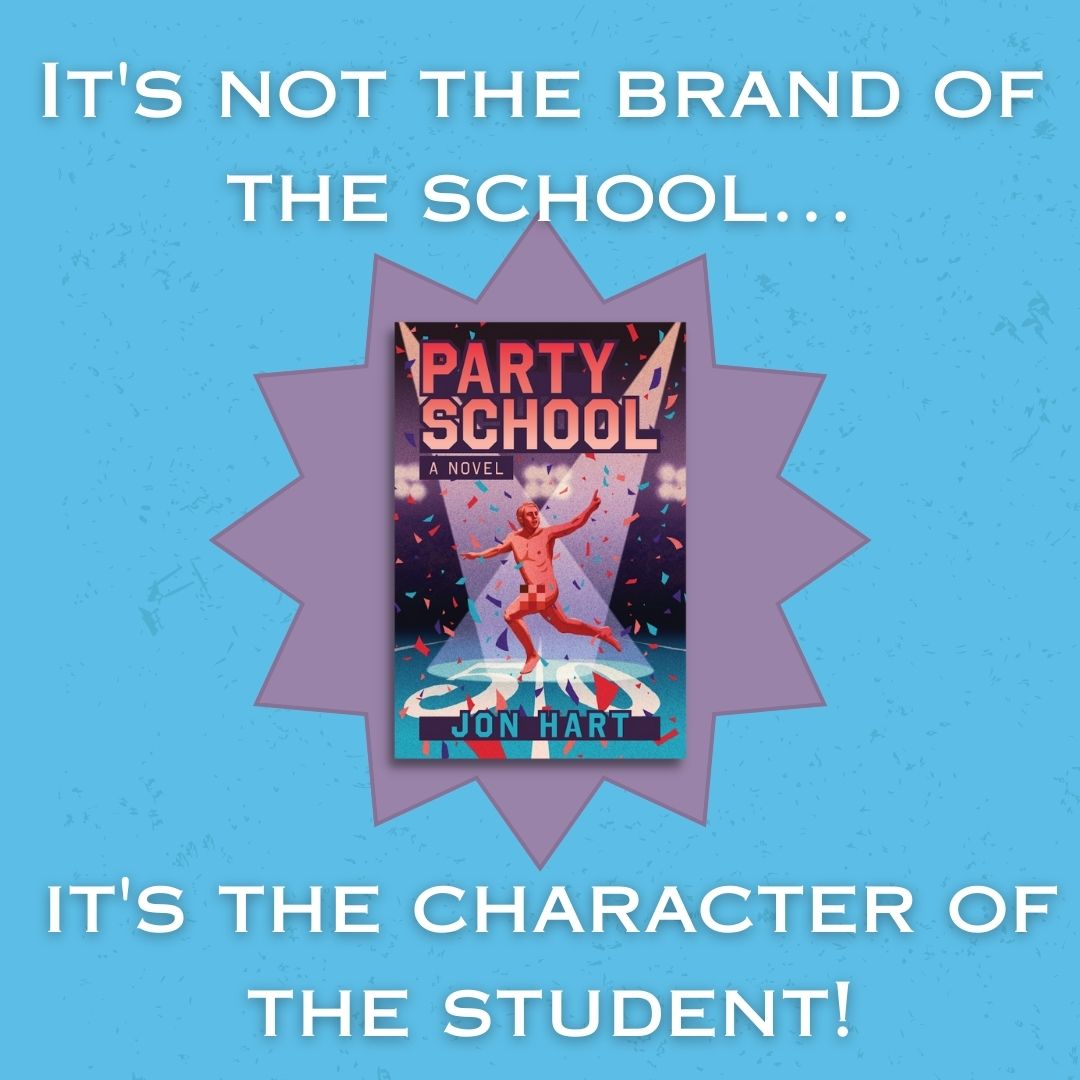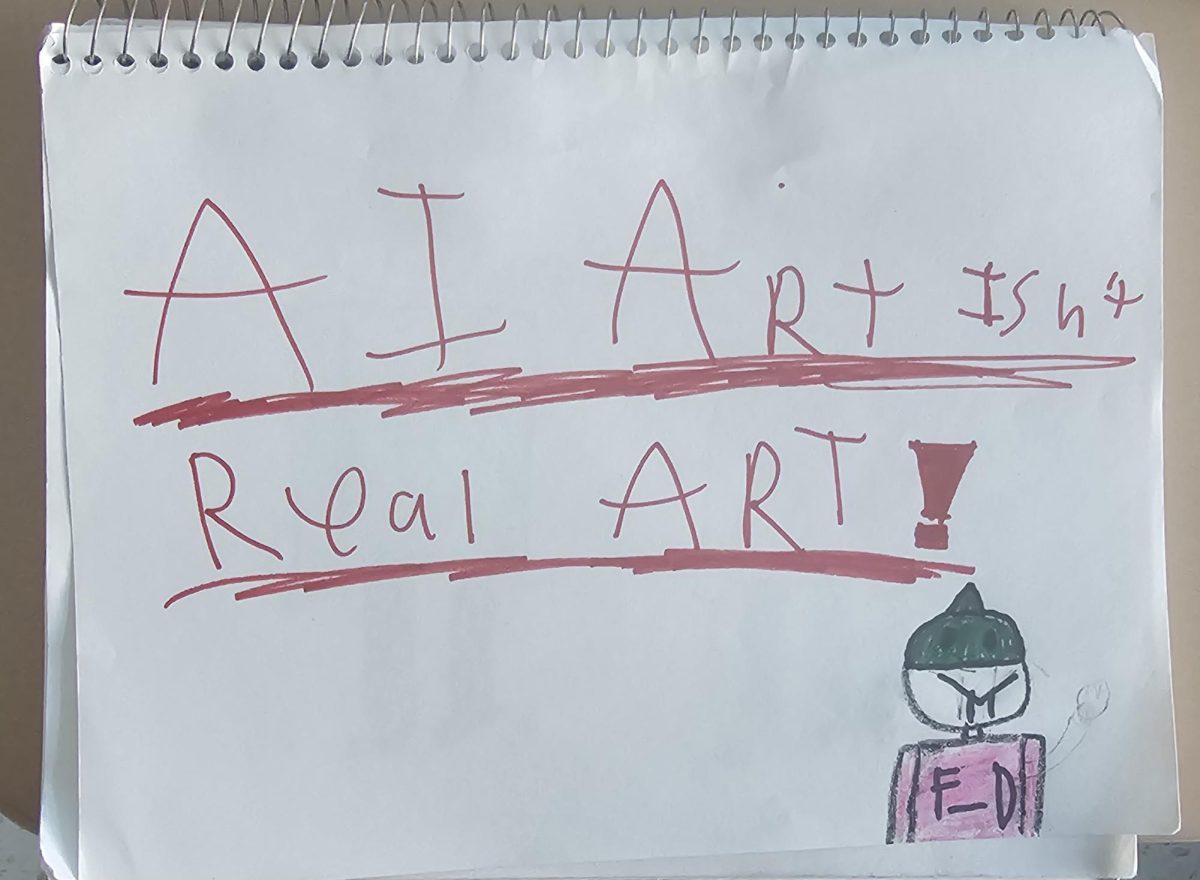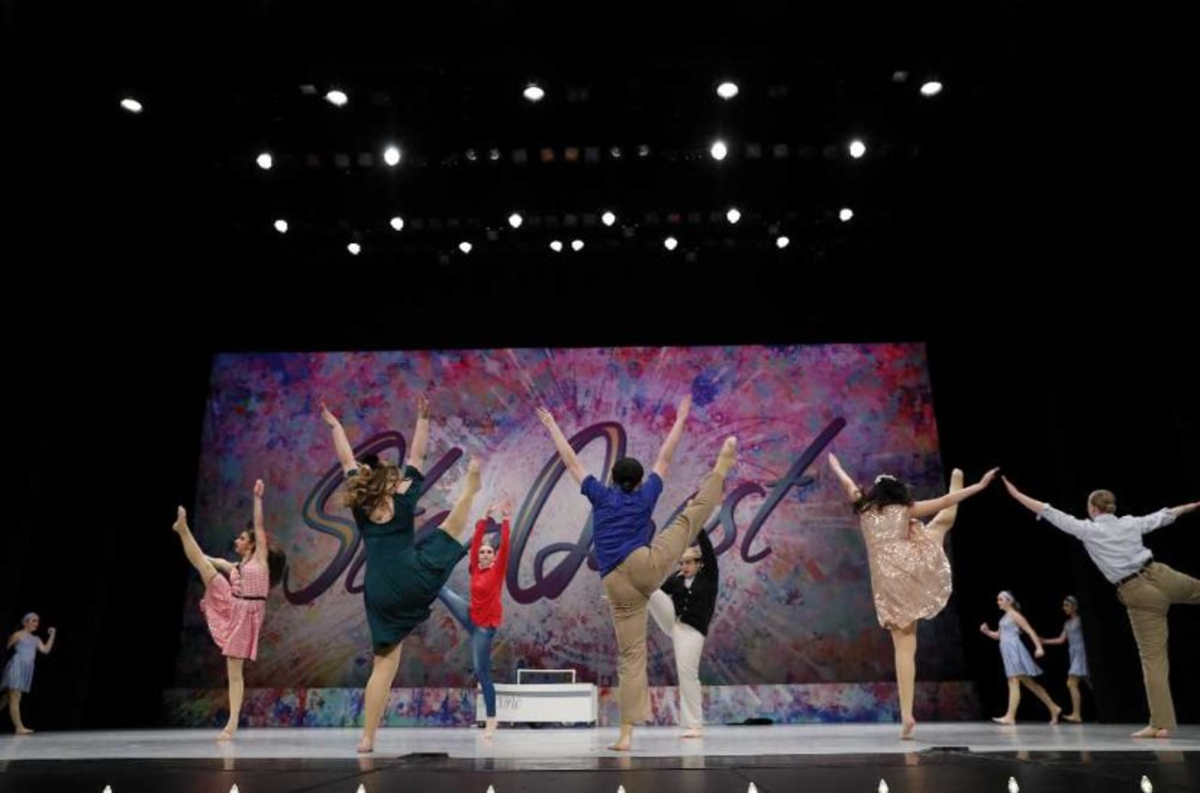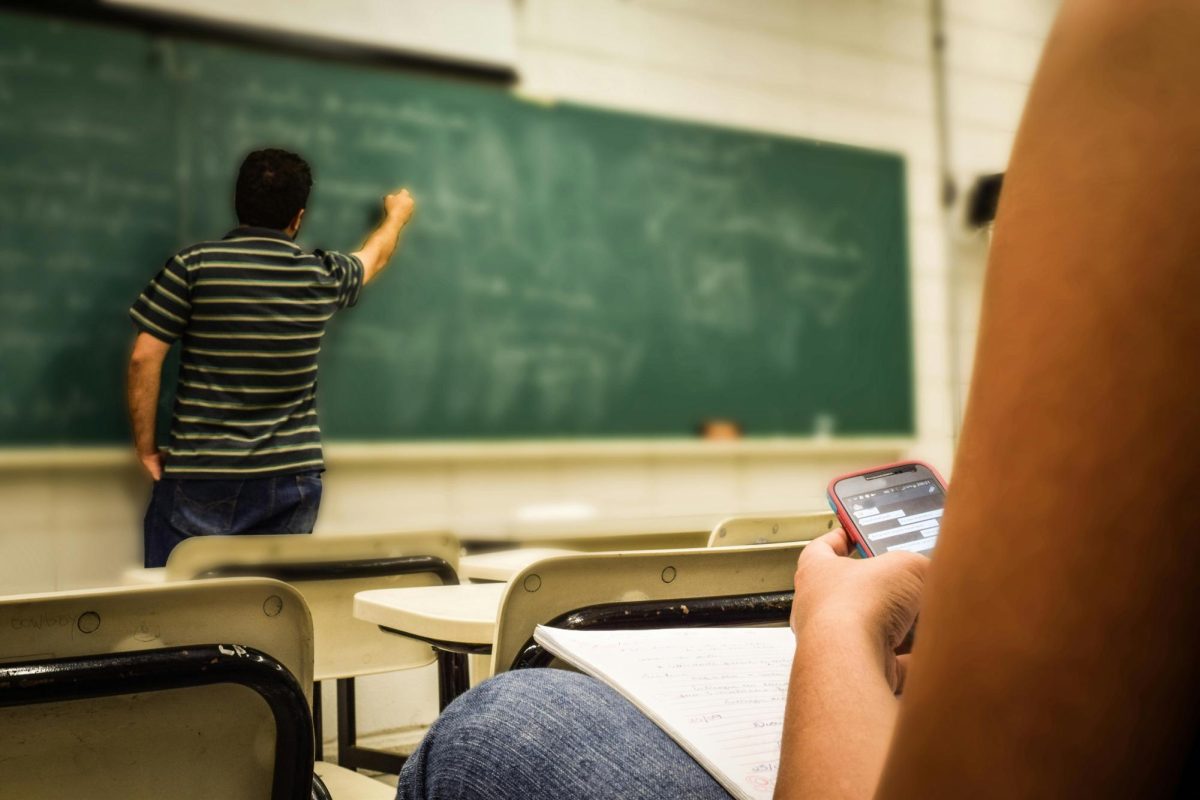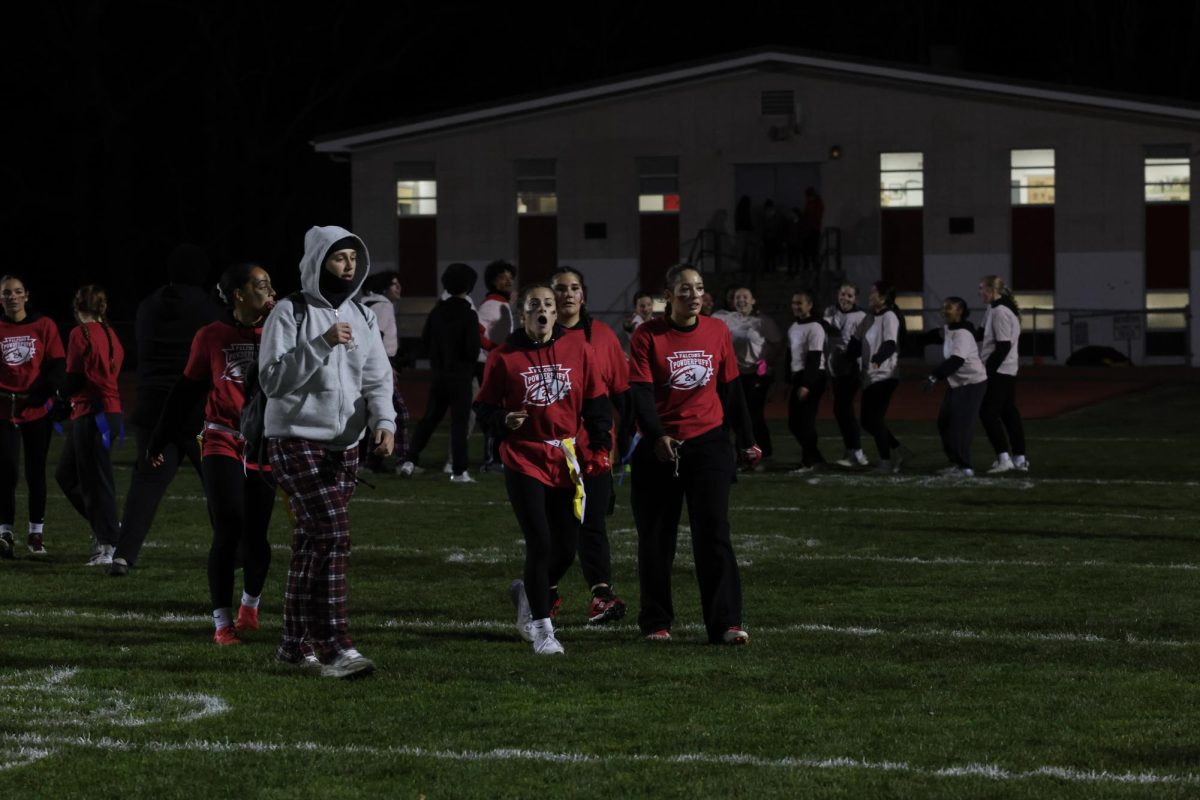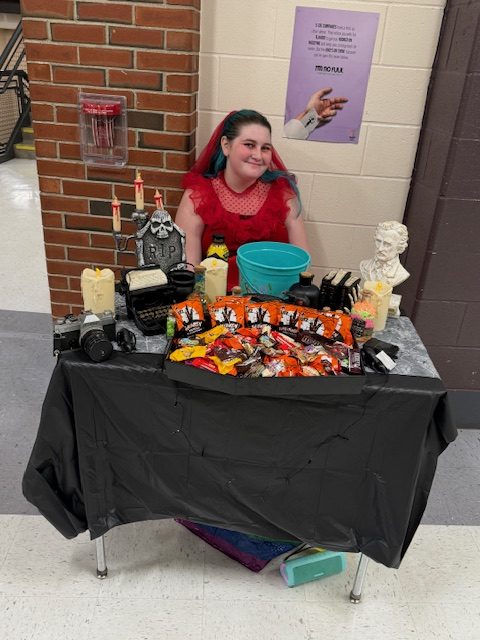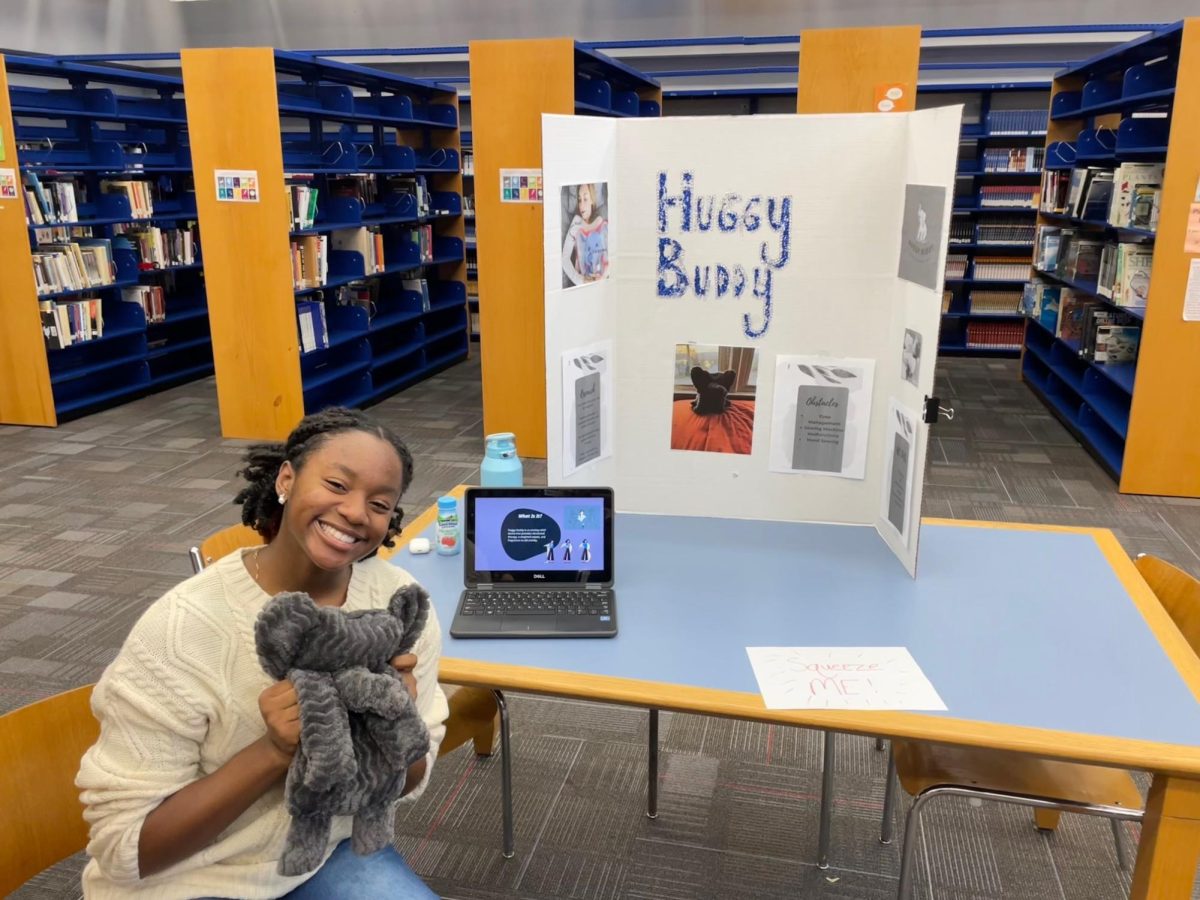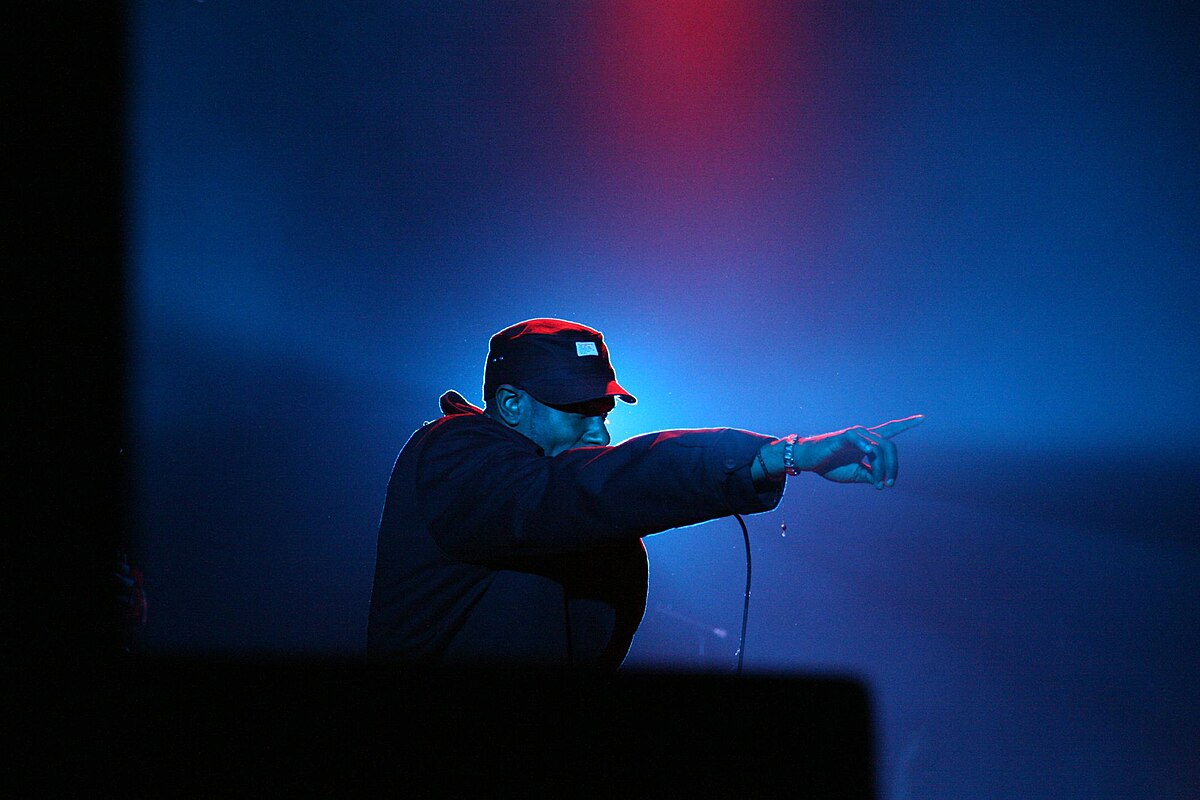“Party School” by Jon Hart, published by The Sager Group in 2022, is a coming-of-age novel that follows Dylan Mills and his journey through the transition from high school to college. Unlike most of his peers from the rich village, Castletown, Dylan does not get accepted into an “it” school, as he describes them, and instead enrolls at North South University, known for its party and marijuana culture. Before he leaves for North South, Dylan’s girlfriend, Rosemary, tells him she wants to take a break and “see other people” in college so they can both grow. This sends Dylan into a downward spiral, and he spends his first semester at college consumed by grief over the breakup.
As the story continues, it is suspected that many students from Castletown who were admitted to the “it” schools had bribed officials to alter their test scores, including Rosemary. Despite everything, Dylan returns home to support her, only to realize that he is better off without her manipulative behavior.
Dylan realizes that despite going to North South he is able to make deep connections with friends and professors that he can depend on. He learns to appreciate his school and that the value of an education and the college experience is not limited by the school’s reputation. Success doesn’t require attending an “it” school but instead is shaped by personal growth and experiences.
I believe that “Party School” can communicate an important message about making the most of what you have and that you don’t need to attend a prestigious college to get a good education. The novel has humorous moments and inner dialogue and does a good job of making Rosemary an unlikable and complex character.
However, the way these messages are delivered is questionable. Dylan doesn’t feel recognized and that he belongs at North South until he streaks through a rival school’s football stadium during halftime. After this, he gains recognition from peers and professors and is considered in some way cool. What’s bothersome about this is the fact that Dylan is depicted as someone who isn’t a “party person,” yet he does this to join a motorcycle group (even though he does not have a driver’s license). This seems to show that he is changing who he is to fit in, and not in a positive way. Hart could have chosen for Dylan to grow through some sort of meaningful achievement, but instead, he opted for streaking.
While the novel intends to encourage a more positive outlook on lesser-known colleges, it does this by putting down more prestigious schools, portraying everyone who attends these “it” schools as cheating entitled rich kids. Which doesn’t seem like the best approach. I appreciated the overall message of the book, but I felt it could have been done better. It’s an interesting perspective to consider and could be interesting to any seniors who wish to read about the high school to college transition through Dylan’s story.

